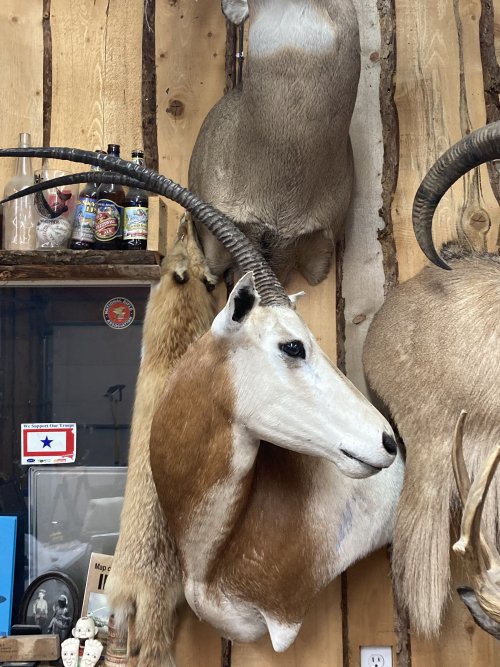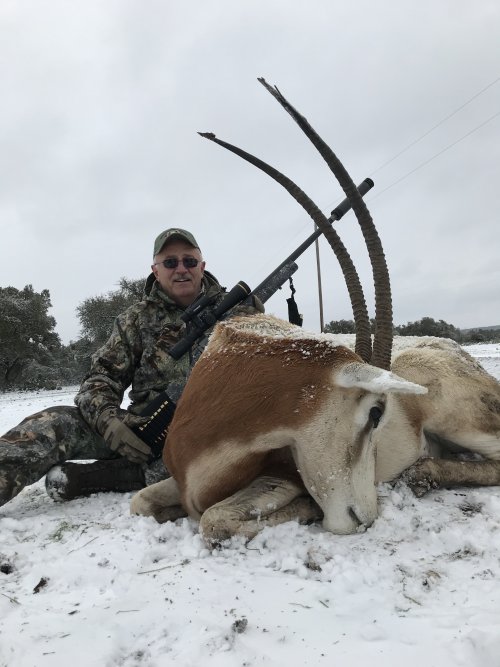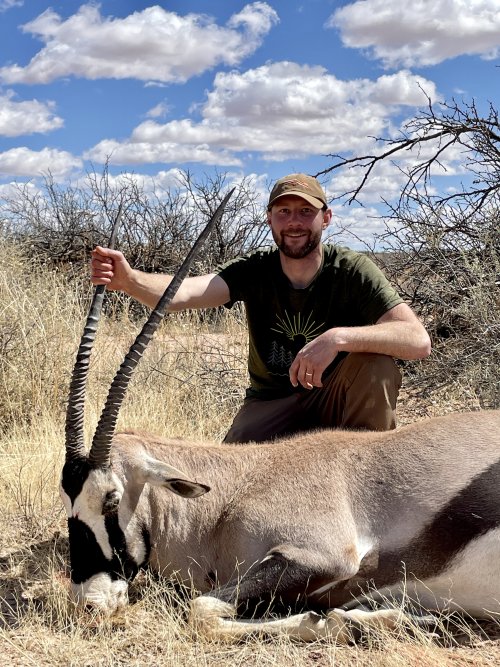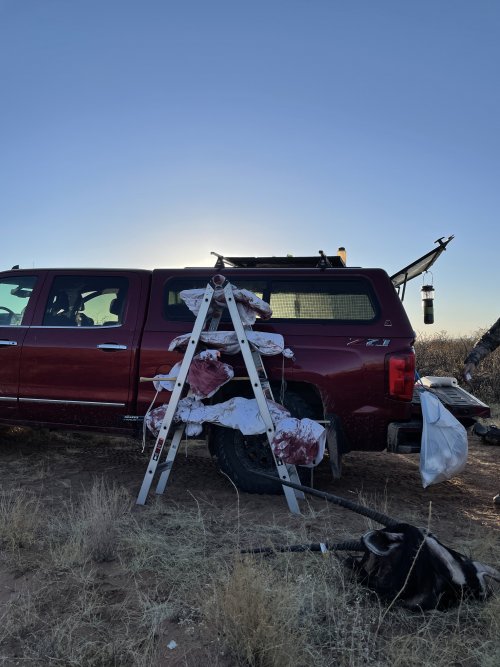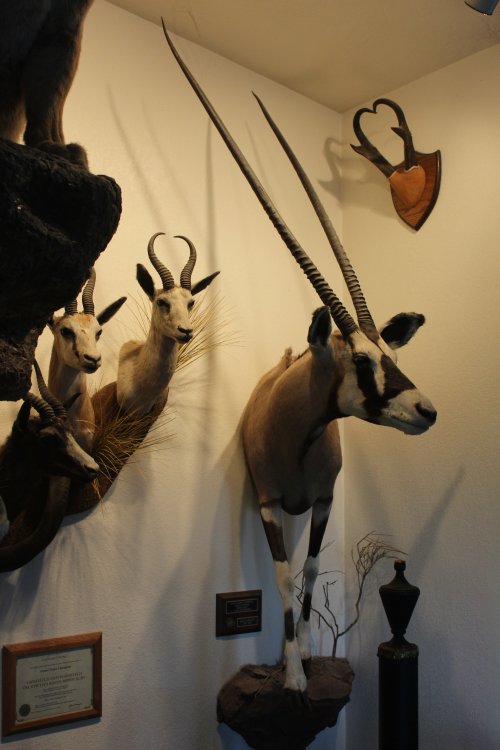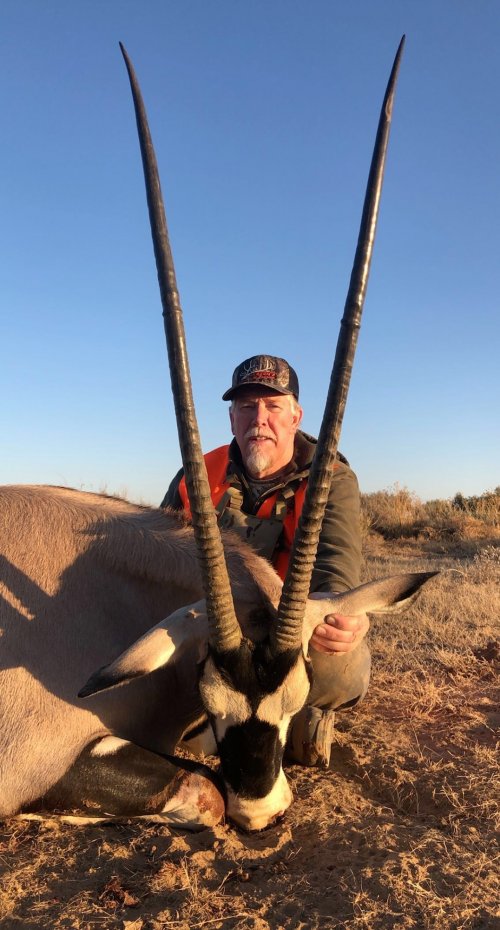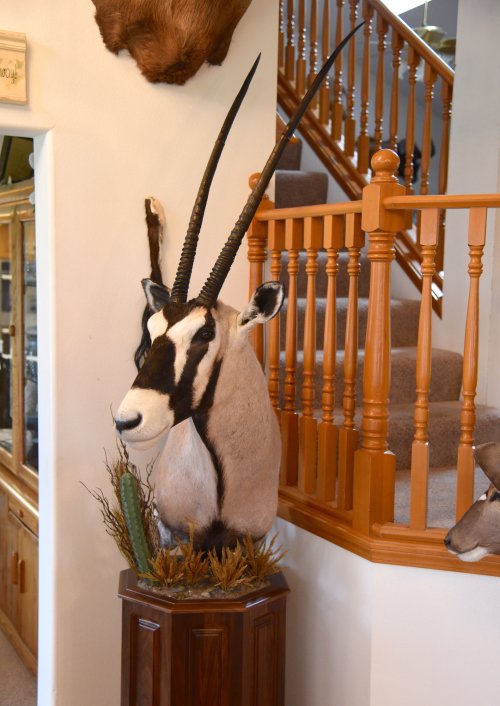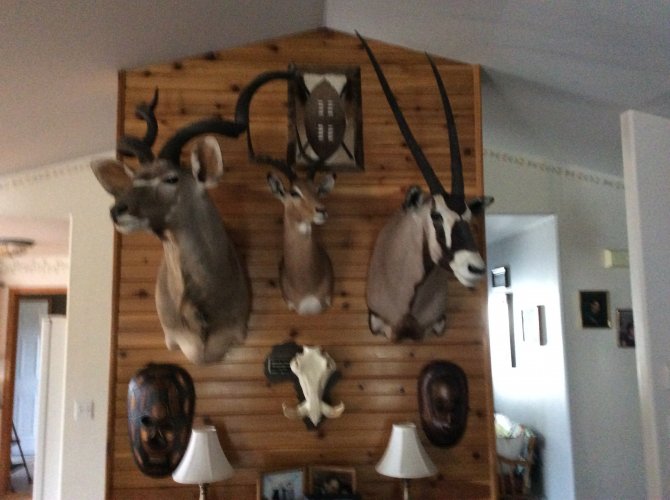WNC2500
Well-known member
So it seems that they are free range in NM, but high fenced in TX?I wouldn't say common. Mostly on high fenced operations.
A couple years ago I was in south Texas and after talking to some people they said that things can be fenced but get a good flood that washes out some fences, and the exotics seem to migrate whether land owners like it or not.......




